Introduction Korean Grammar ‘-의’
Learning Korean grammar can be challenging, but breaking it down into manageable lessons can make it easier. Today, we will explore the grammar pattern ‘-의,’ which is used to indicate possession or relationships in Korean. This lesson will help you understand and use this form effectively. Kudos!
Learn Korean with JAEM : Improve your Korean with our app through free lessons and courses. And also, Join our 4-week challenge program to progress from upper-beginner to master level with Native Korean Coaches. Strat to study Korean more!
Our Book: Don’t miss out on our comprehensive book that covers essential Korean language skills and strategies. See our books and study with us! 🙂
AI Writing Practice Program: Enhance your writing skills with JAEM TOPIK, our AI-powered practice program. Get personalized feedback and TOPIK tips to elevate your Korean writing. Study TOPIK writing yourself and get high TOPIK score!
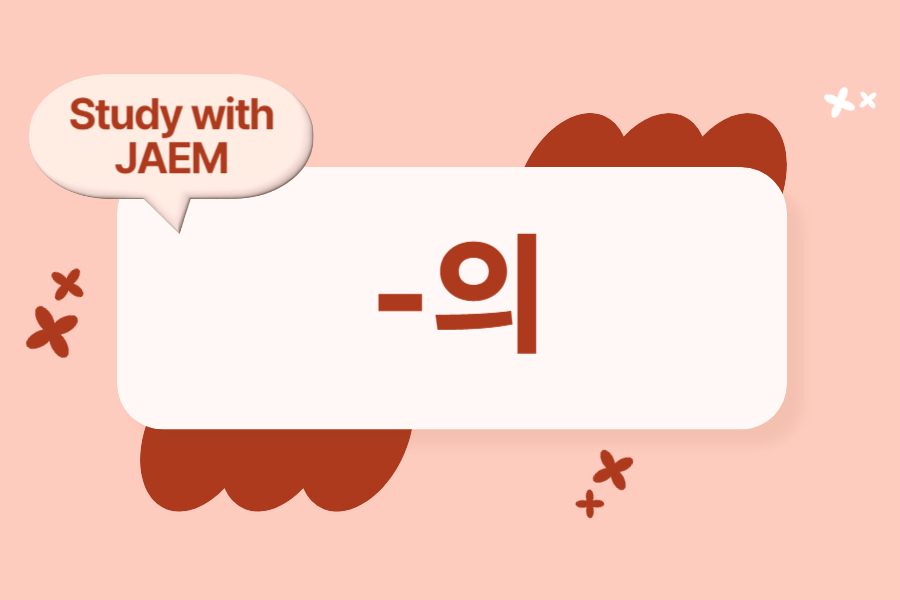
Jump to:
Grammar Explanation
The grammar particle ‘-의’ is used to indicate possession or relationships, similar to the possessive “‘s” or “of” in English. It shows that something belongs to someone or is related to something.
Formation:
- Attach ‘-의’ directly to the noun that is possessing something.
| Noun | Form | Example Sentence |
|---|---|---|
| 나 (I) | 나의 | 나의 책 (my book) |
| 너 (you) | 너의 | 너의 집 (your house) |
| 친구 (friend) | 친구의 | 친구의 자동차 (friend’s car) |
| 부모 (parents) | 부모의 | 부모의 사랑 (parents’ love) |
Examples
Possessive Examples:
- 나 (I)
- 나의 = My
- 나의 꿈 = My dream
- 너 (you)
- 너의 = Your
- 너의 의견 = Your opinion
- 그 (he)
- 그의 = His
- 그의 이름 = His name
- 그녀 (she)
- 그녀의 = Her
- 그녀의 책 = Her book
- 우리 (we)
- 우리의 = Our
- 우리의 학교 = Our school
Relationship Examples:
- 부모 (parents)
- 부모의 = Parents’
- 부모의 집 = Parents’ house
- 선생님 (teacher)
- 선생님의 = Teacher’s
- 선생님의 교실 = Teacher’s classroom
- 학생 (student)
- 학생의 = Student’s
- 학생의 책상 = Student’s desk
- 친구 (friend)
- 친구의 = Friend’s
- 친구의 생일 = Friend’s birthday
Cultural Context Examples:
- 나라 (country)
- 나라의 = Country’s
- 나라의 역사 = Country’s history
- 문화 (culture)
- 문화의 = Culture’s
- 문화의 다양성 = Culture’s diversity
- 도시 (city)
- 도시의 = City’s
- 도시의 발전 = City’s development
- 회사 (company)
- 회사의 = Company’s
- 회사의 정책 = Company’s policy
Usage in Context
When using ‘-의’ in different contexts, it emphasizes possession, belonging, or relationships.
Indicating Possession:
- 나의 차입니다 = It is my car.
- 너의 컴퓨터가 고장 났어요 = Your computer is broken.
- 그의 책은 아주 흥미로워요 = His book is very interesting.
- 그녀의 목소리는 아름다워요 = Her voice is beautiful.
Indicating Relationships:
- 우리의 가족은 행복합니다 = Our family is happy.
- 선생님의 조언을 따랐어요 = I followed the teacher’s advice.
- 학생의 성적이 좋아요 = The student’s grades are good.
- 친구의 도움을 받았어요 = I received help from my friend.
Describing Ownership:
- 부모의 기대에 부응했어요 = I lived up to my parents’ expectations.
- 회사의 목표를 달성했어요 = We achieved the company’s goals.
- 나라의 전통을 존중합니다 = We respect the country’s traditions.
- 문화의 다양성을 즐겨요 = We enjoy the diversity of culture.
Cultural Insight: In Korean culture, expressing possession and relationships using ‘-의’ is important for clarity and formality. It helps to specify ownership and connections between people, places, and things.
Common Mistakes
Common Mistakes:
- Incorrect: 나에 책 (Incorrect particle)
- Correct: 나의 책 = My book
Mistake Explanation: Ensure that the correct particle ‘-의’ is used to indicate possession or relationships, not other particles like ‘-에.’
Related Grammar Points
Explore these related grammar points to deepen your understanding:
- -에게: To indicate the recipient of an action.
- -께: A formal and polite way to indicate the recipient of an action.
- -한테: An informal way to indicate the recipient of an action.
- -와/과: To indicate ‘and’ or relationships between nouns.
Practice Exercises
Practice Makes Perfect!
- Exercise 1: Conjugate the following nouns using ‘-의.’
- 나 (I)
- 너 (you)
- 친구 (friend)
- 부모 (parents)
Answer Key:
- 나의
- 너의
- 친구의
- 부모의
- Exercise 2: Create sentences using ‘-의’ for the following situations:
- My dream
- Your opinion
- Friend’s car
- Teacher’s classroom
Answer Key:
- 나의 꿈
- 너의 의견
- 친구의 차
- 선생님의 교실
Summary and Conclusion
Today, we covered the grammar point ‘-의’ and how to use it to indicate possession or relationships in Korean. This pattern is essential for specifying ownership and connections between people, places, and things. Continue practicing with our workbook and check out related lessons for more in-depth learning.
If you have any questions or suggestions, feel free to comment below. Happy learning!
Learn Real Korean with JAEM!
Learn Korean with JAEM Korean App & 4-week Challenge: Discover the best way to learn real Korean with our comprehensive app. Enjoy a wide variety of free lessons and courses designed to help you master the language. Also, our unique 4-week challenge program guides you from an upper-beginner level to a master course, all under the guidance of Native Korean Coaches. Whether you’re just starting out or looking to refine your skills, this program offers an effective path to fluency.
AI Korean Writing Practice Program: Take your Korean writing to the next level with JAEM TOPIK, our innovative AI writing practice program. This service provides personalized feedback and practical tips tailored to your learning needs. With a focus on improving your Korean writing, JAEM TOPIK also offers specific strategies for excelling in the TOPIK exam. Benefit from expert insights and targeted advice to enhance your proficiency and confidence in writing.
Our Book: Additionally, explore our comprehensive book that covers essential Korean language skills and strategies. This valuable resource complements our app and AI program, providing a holistic approach to mastering Korean.

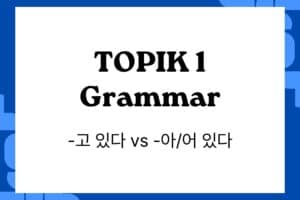
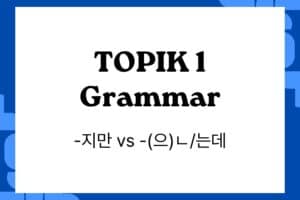
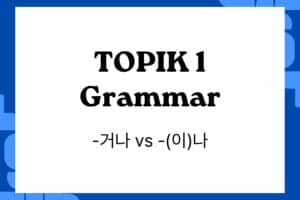
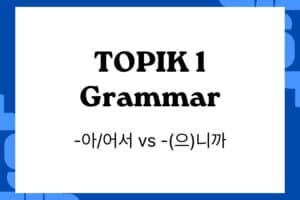
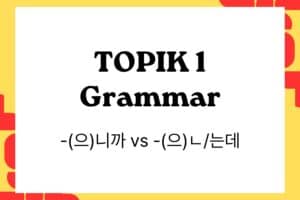
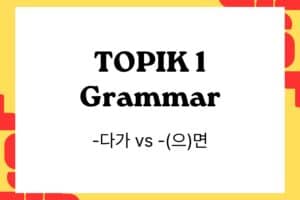
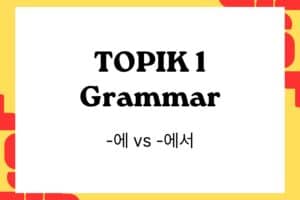
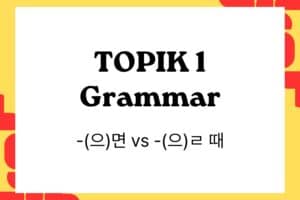

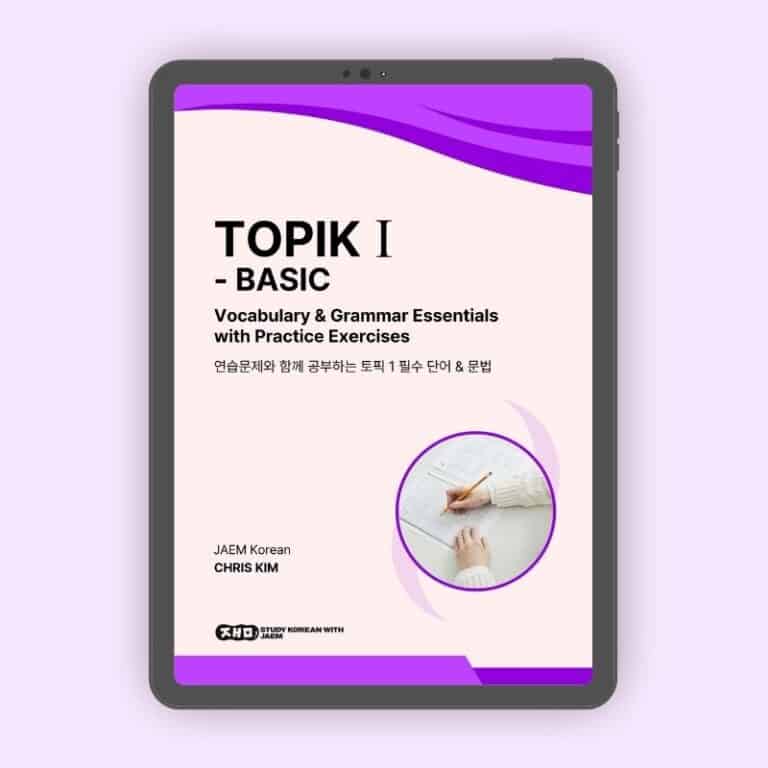
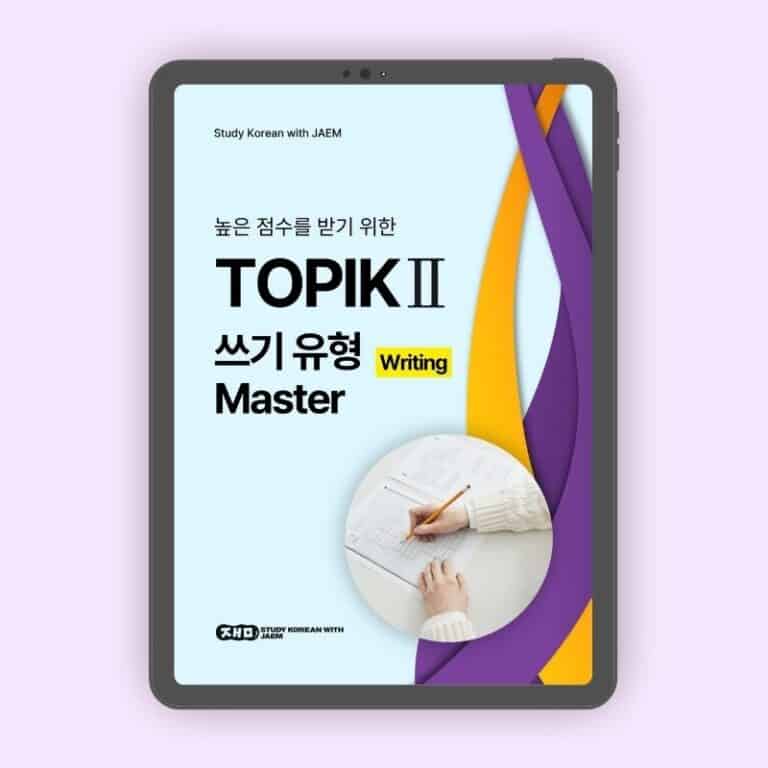
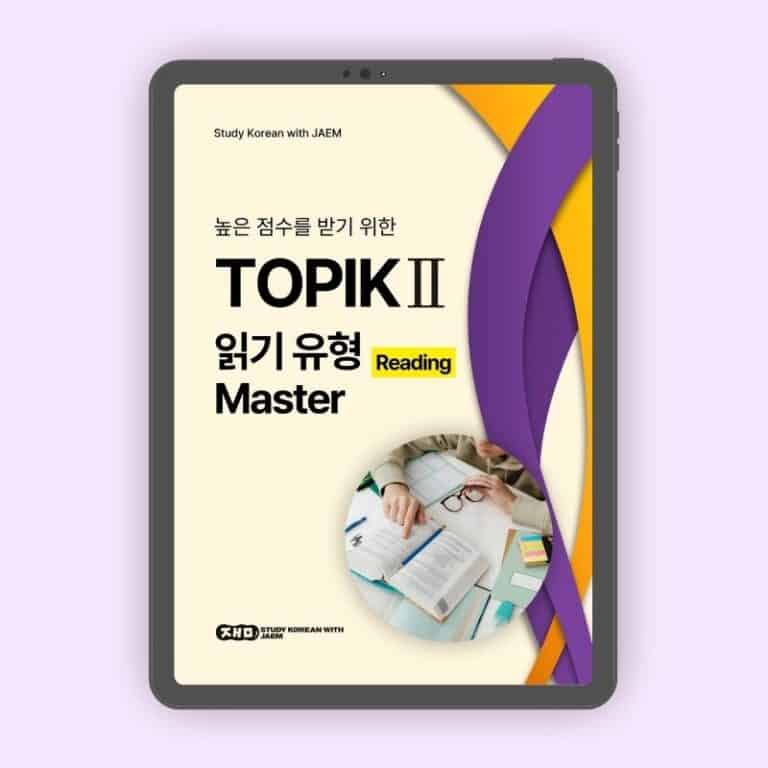
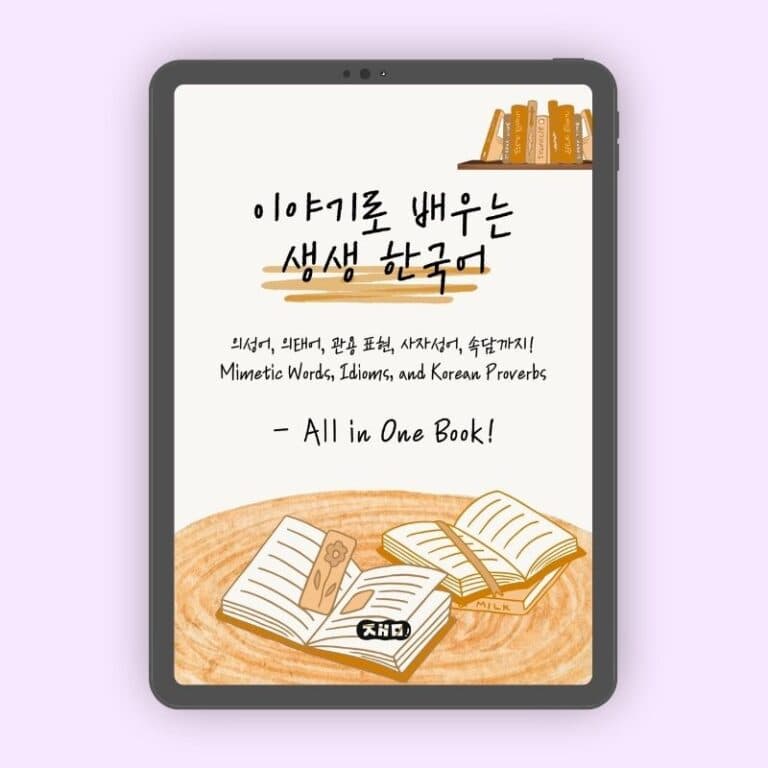
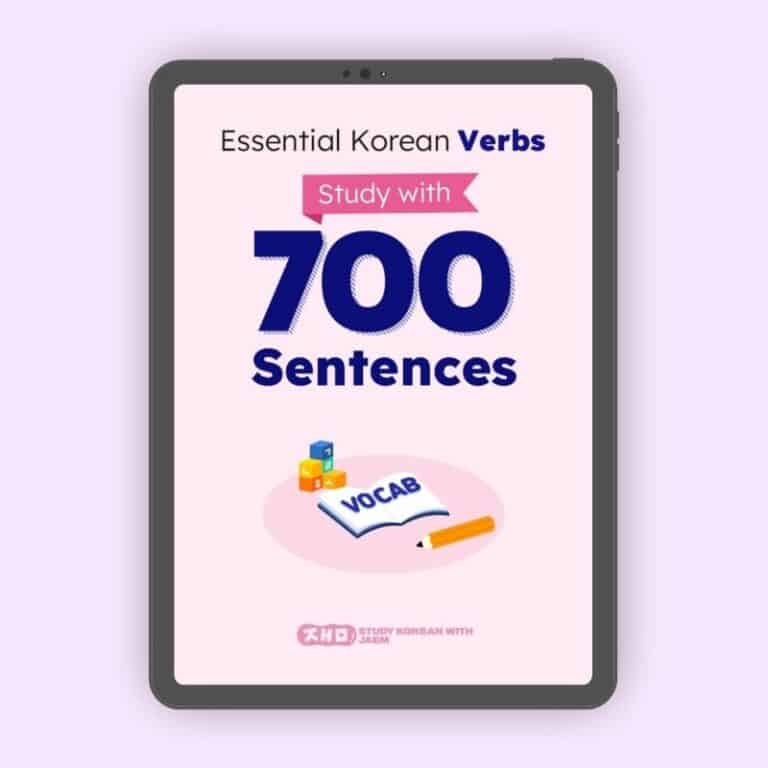
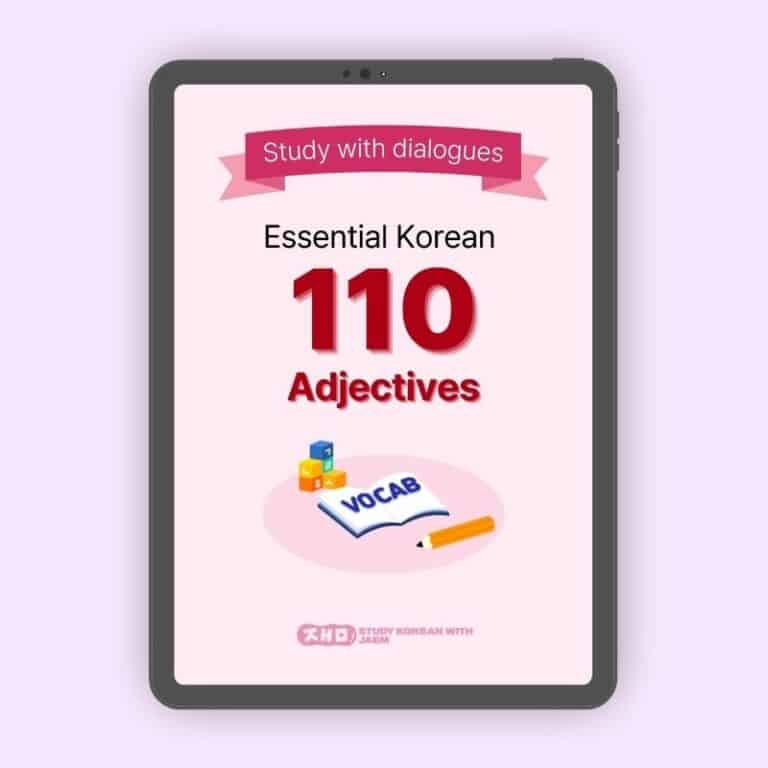

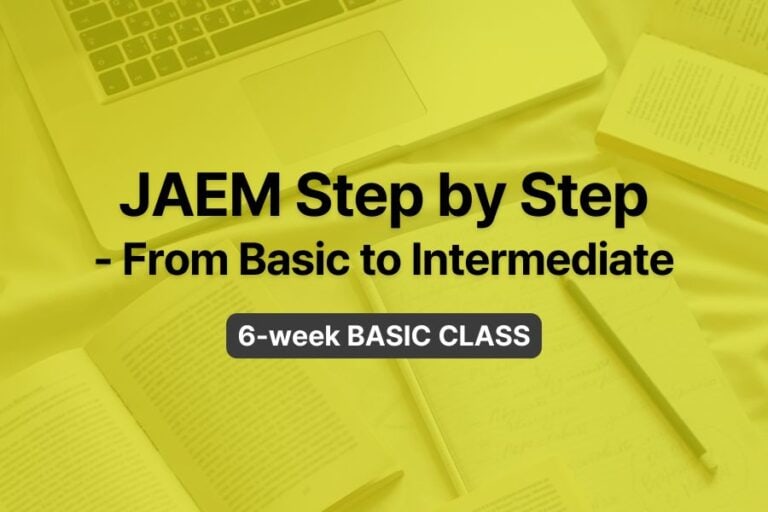

Responses